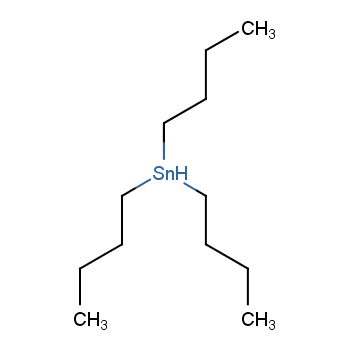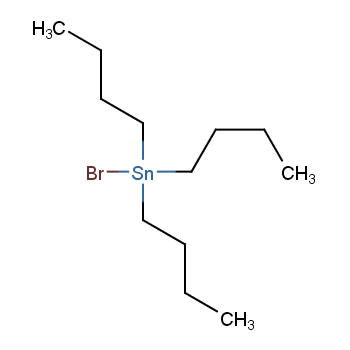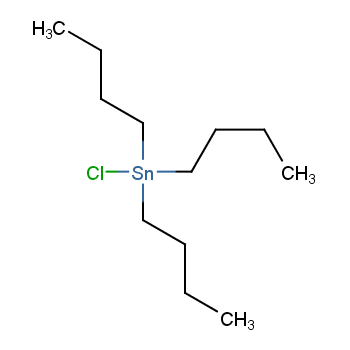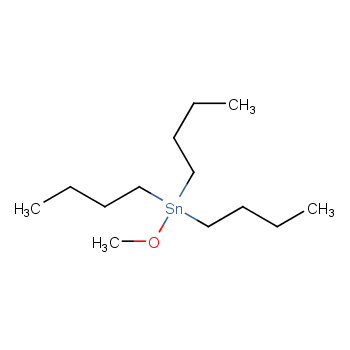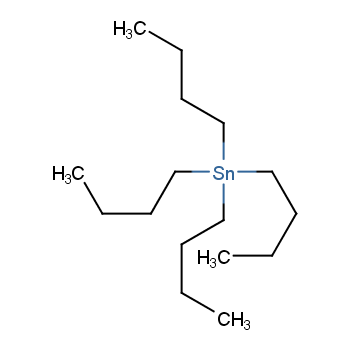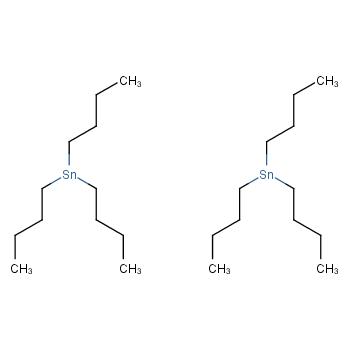GHS Hazard StatementsAggregated GHS information provided by 241 companies from 15 notifications to the ECHA C&L Inventory. Each notification may be associated with multiple companies.
Reported as not meeting GHS hazard criteria by 4 of 241 companies. For more detailed information, please visit
ECHA C&L websiteOf the 14 notification(s) provided by 237 of 241 companies with hazard statement code(s):
H301 (100%): Toxic if swallowed [
Danger Acute toxicity, oral]
H312 (96.62%): Harmful in contact with skin [
Warning Acute toxicity, dermal]
H315 (100%): Causes skin irritation [
Warning Skin corrosion/irritation]
H319 (100%): Causes serious eye irritation [
Warning Serious eye damage/eye irritation]
H331 (38.82%): Toxic if inhaled [
Danger Acute toxicity, inhalation]
H335 (13.5%): May cause respiratory irritation [
Warning Specific target organ toxicity, single exposure; Respiratory tract irritation]
H360 (11.39%): May damage fertility or the unborn child [
Danger Reproductive toxicity]
H372 (61.6%): Causes damage to organs through prolonged or repeated exposure [
Danger Specific target organ toxicity, repeated exposure]
H373 (38.4%): Causes damage to organs through prolonged or repeated exposure [
Warning Specific target organ toxicity, repeated exposure]
H400 (100%): Very toxic to aquatic life [
Warning Hazardous to the aquatic environment, acute hazard]
H410 (100%): Very toxic to aquatic life with long lasting effects [
Warning Hazardous to the aquatic environment, long-term hazard]
Information may vary between notifications depending on impurities, additives, and other factors. The percentage value in parenthesis indicates the notified classification ratio from companies that provide hazard codes. Only hazard codes with percentage values above 10% are shown.

 EN
EN












